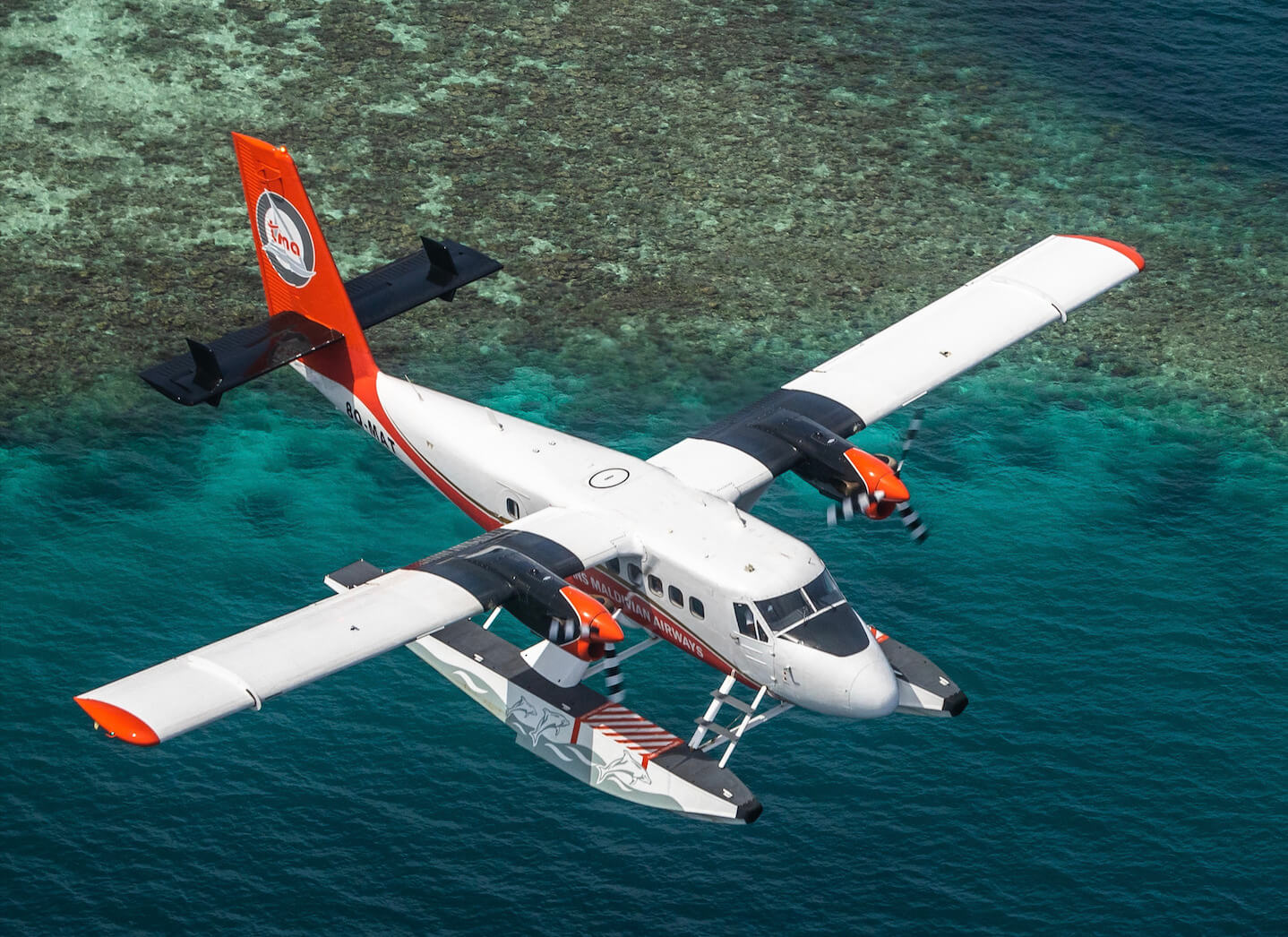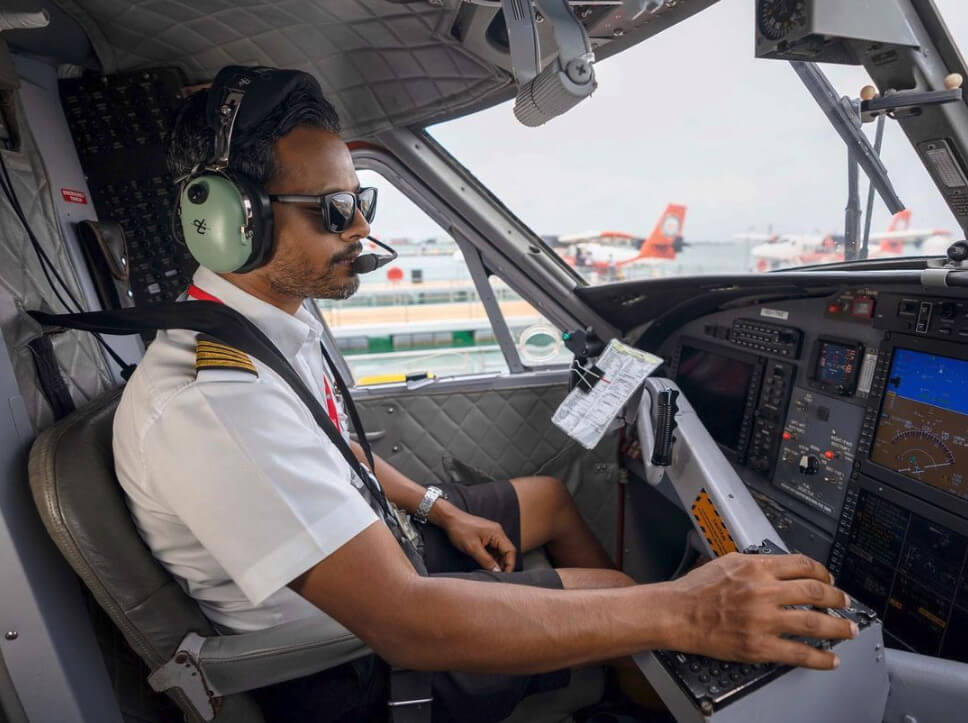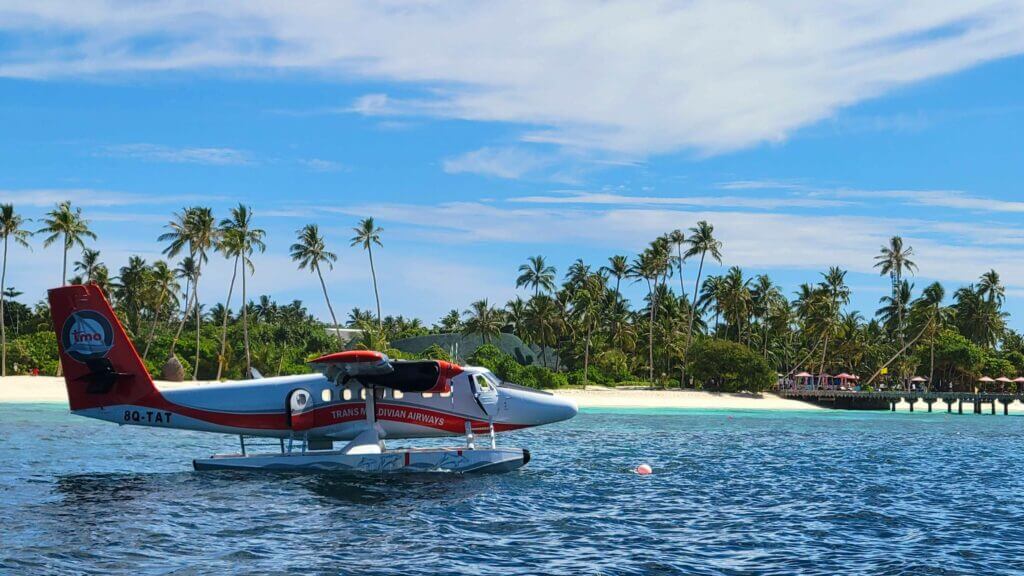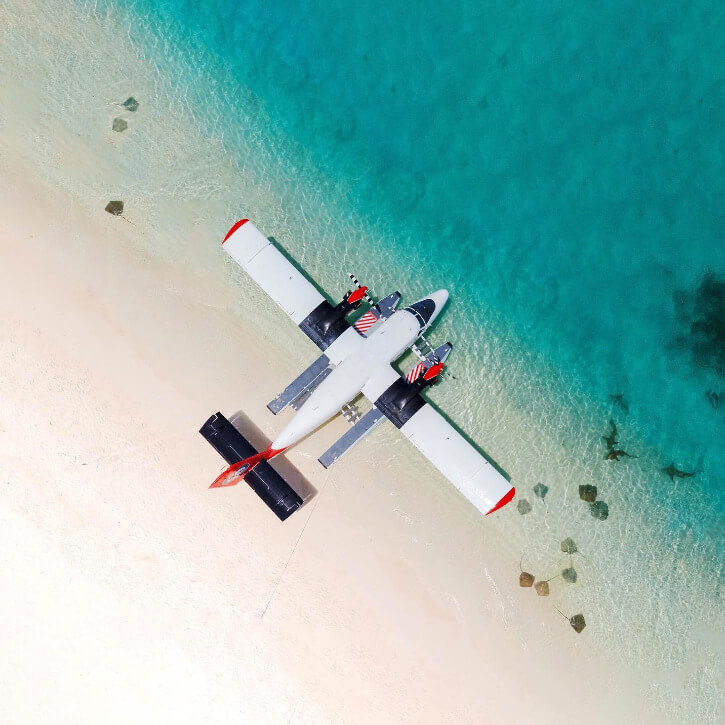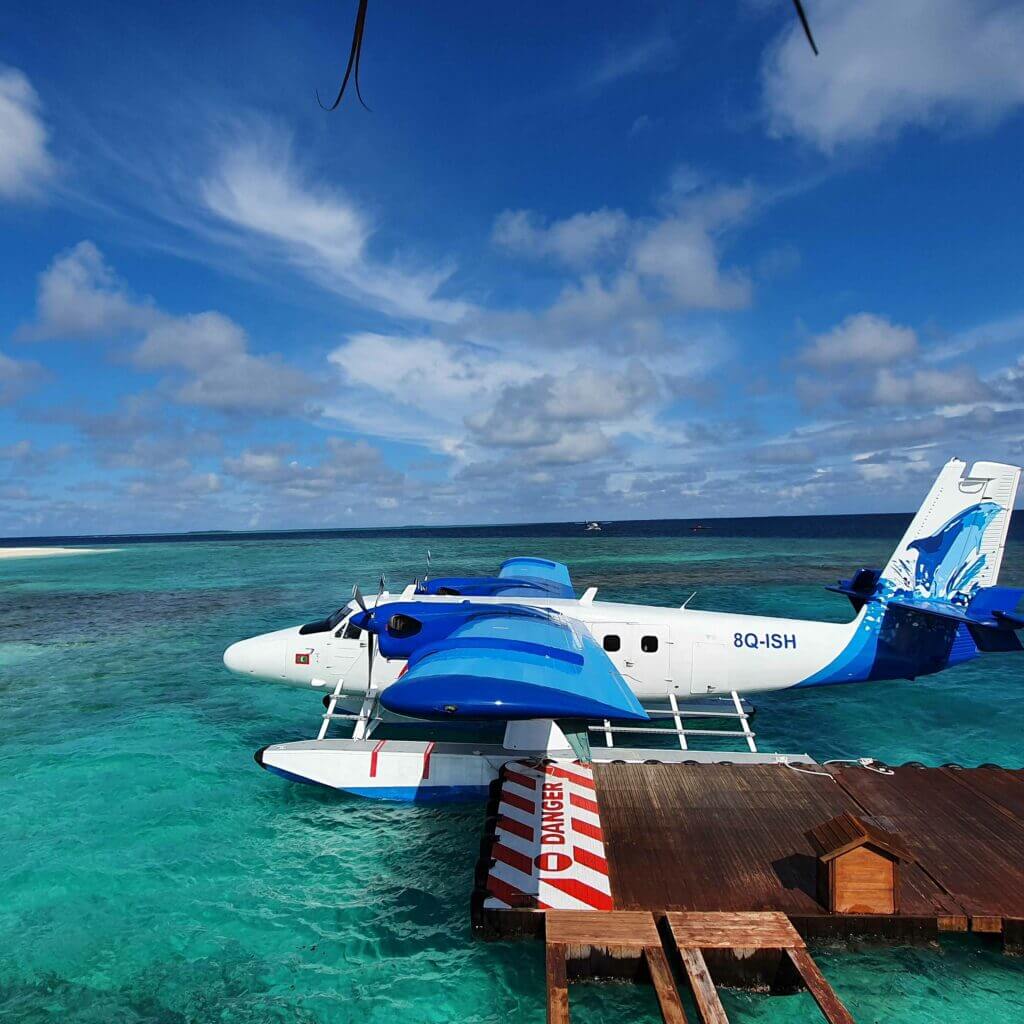Estimated reading time 14 minutes, 26 seconds.
Sprinkled across the Indian Ocean, southwest of India and Sri Lanka, is a chain of nearly 1,200 coral islands collectively known as the Maldives. Surrounded by beautiful turquoise water and white-sand beaches, the islands may not seem, at first glance, to have a close connection to a country on the other side of the world — like Canada. Separated by 8,000 miles and several large bodies of water, what could the two countries possibly have in common? Interestingly, what brings the two nations together is something we all know and love: aviation.
Just 50 years ago, the Maldives was very different. Its tourism industry was only just getting started, with two resorts and a capacity of 280 beds. Tourists would arrive in the capital city of Malé and take a boat out to the resorts. This journey could take several hours depending on winds, and was quite fatiguing for tourists who had just arrived after 14 hours of travel.
Noticing the demand for transport, a company by the name of Hummingbird Island Helicopters began operating a helicopter charter in 1989.

In the early ‘90s, the capacity of the helicopter operation was limited and many resorts were still only accessible by boat. In 1993, after experiencing the poor infrastructure in the Maldives, a gentleman by the name of Lars Erik Nielsen began a venture that would change the country forever; he started a fixed-wing operation called Maldivian Air Taxi (MAT).
Almost immediately, MAT contracted Canadian operator Kenn Borek Air — known for its experience flying in some of the most remote places on Earth — to help the operation set a strong foundation in the country. MAT imported two aircraft that same year and began operating with two wheelplanes before starting to fly the de Havilland DHC-6 Twin Otter on floats.
In the company’s early days, almost all of its pilots were Canadian. Kenn Borek Air knew the capabilities of the Twin Otter, and would source experienced Canadian pilots for MAT, asking them to trade in their winter skis for floats. It was then that Canadian pilots made their mark on the Maldives as trusted experts, ushering the nation safely into the new age. Since then, Canadian pilots have been able to fly in the Maldives on a Canadian license conversion.
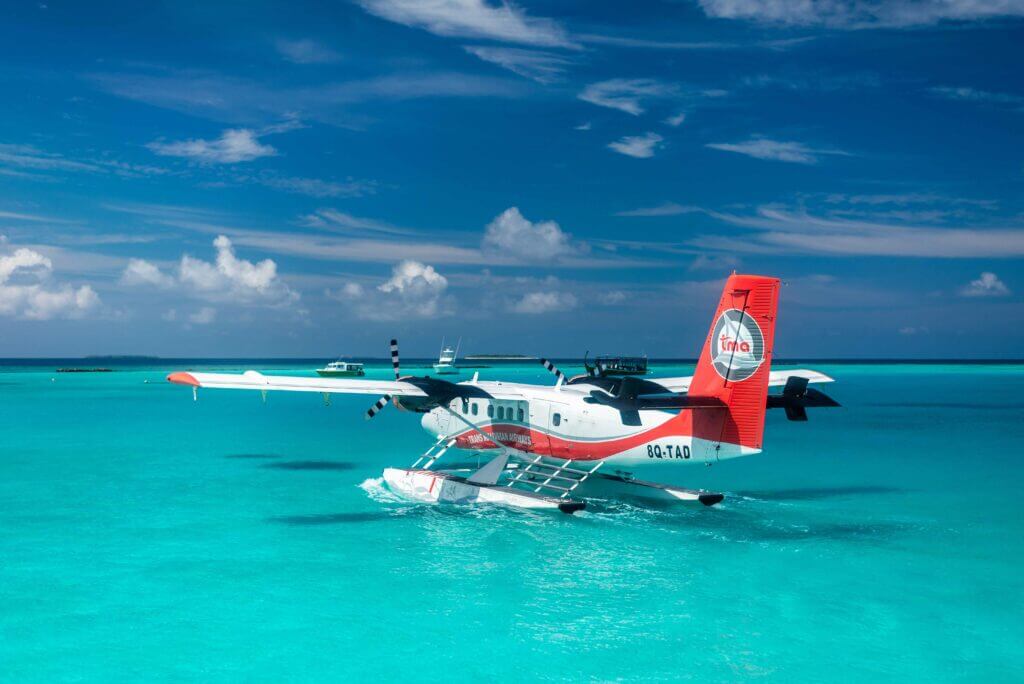
Once seaplanes had been operating in the country for several years, Maldivian citizens began getting their pilot’s licenses. Now, nearly 30 years later, they make up two-thirds of the pilot workforce in the Maldives — a change that has created a more sustainable future for the country.
Float Magic
Blaine Bjarnarson — author of Old Pilot, Bold Pilot, a book about flying adventures in the DHC-6 Twin Otter — flew in the Maldives during the early days of MAT and is still flying in the Maldives today. It started in 1994, when he was contracted to ferry a Twin Otter from Calgary, Alberta, to the Maldives. After delivering the aircraft, Bjarnarson was asked by MAT to stay an additional six weeks to fly its existing fleet of seaplanes. When he returned to Canada, he received a call from MAT asking if he would accept the chief pilot position, and so began his Maldivian journey.
“It’s got to be some of the greatest flying in the world,” he told Skies. “We get so many customers down here that are airline pilots and they just sit up front and watch. They say, ‘Wow, do I envy you.’ . . . It’s just supremely beautiful.”
In 2009, after 15 years of providing crew and maintenance personnel to MAT, Kenn Borek Air ended its contract with the Maldivian air operator, but affirmed that it would still be there to support MAT should the air taxi service ever need it. The Maldivian seaplane industry had come a long way by that point, and MAT was ready to continue operations on its own.
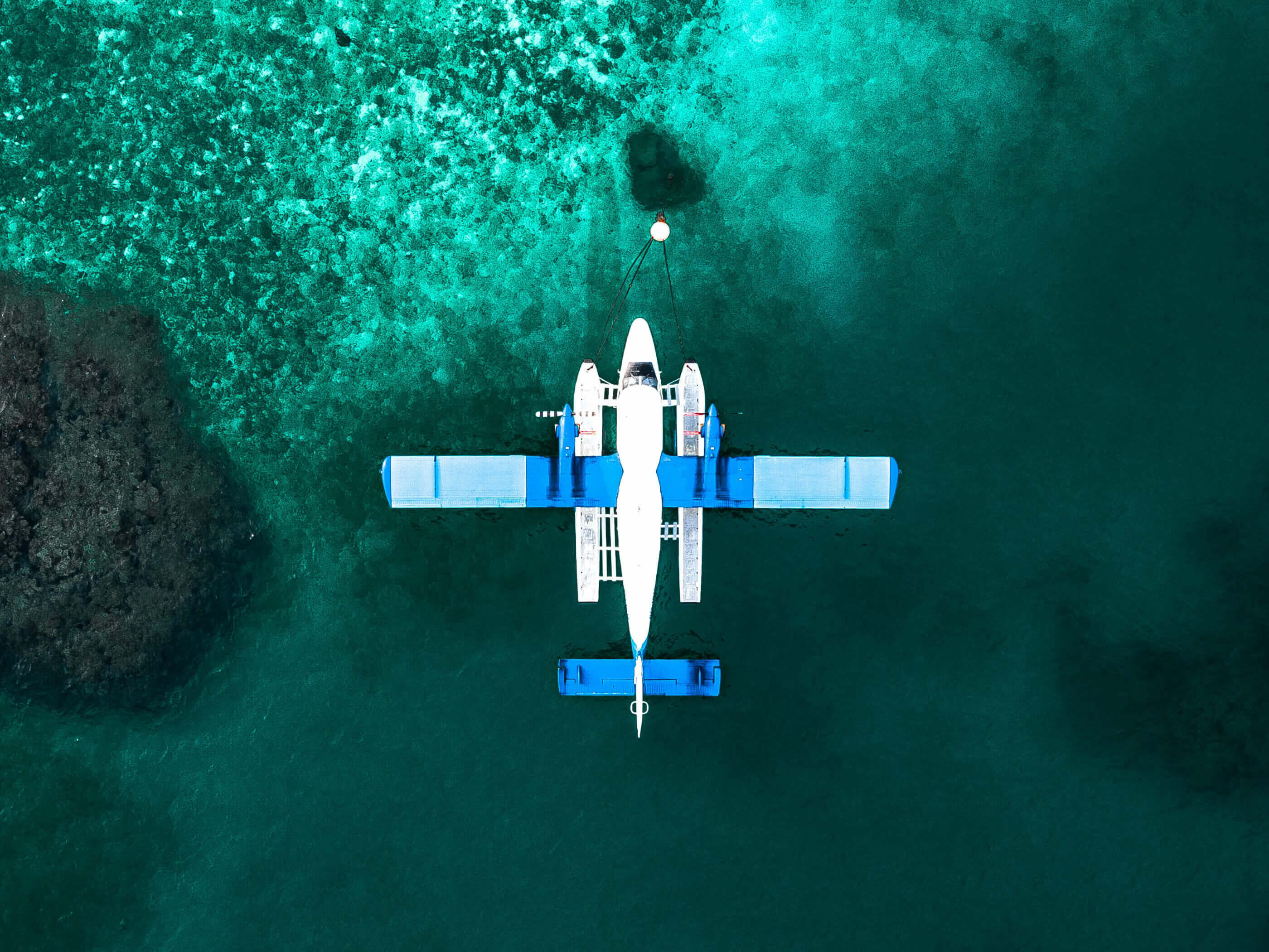
In a turn of events in 2013, MAT merged with its rival, Trans Maldivian Airways, and the new company became the largest seaplane operator in the world. The company is still in operation today, under the Trans Maldivian Airways banner, and its business focuses solely on resort transport — servicing more than 80 resorts and transporting over one million tourists a year.
Today, there are three main seaplane operators in the Maldives: Trans Maldivian Airways, Maldivian Seaplane, and Manta Air. In total, they operate roughly 80 seaplanes — all Twin Otters. For Trans Maldivian Airways, there are days when 55 of its Twin Otters are operating at the same time. Gone are the days of a quiet airspace above the tropical islands.
According to a new Canadian hire at Trans Maldivian Airways, “The water aerodrome in Malé is right beside the international airport, so there’s all the regional turboprop traffic, the heavy jets coming in, as well as private jets. Everything about it is much more structured than any other type of float flying that I’ve ever done. It’s about as close to IFR flying as you can get in day VFR operation.”
Geographically, Canada and the Maldives are very different; so, what’s the learning curve like for pilots when stepping into this new island paradise? When speaking with Canadian pilots who have made the jump, they say flying the plane is easy, but the ocean presents challenges.
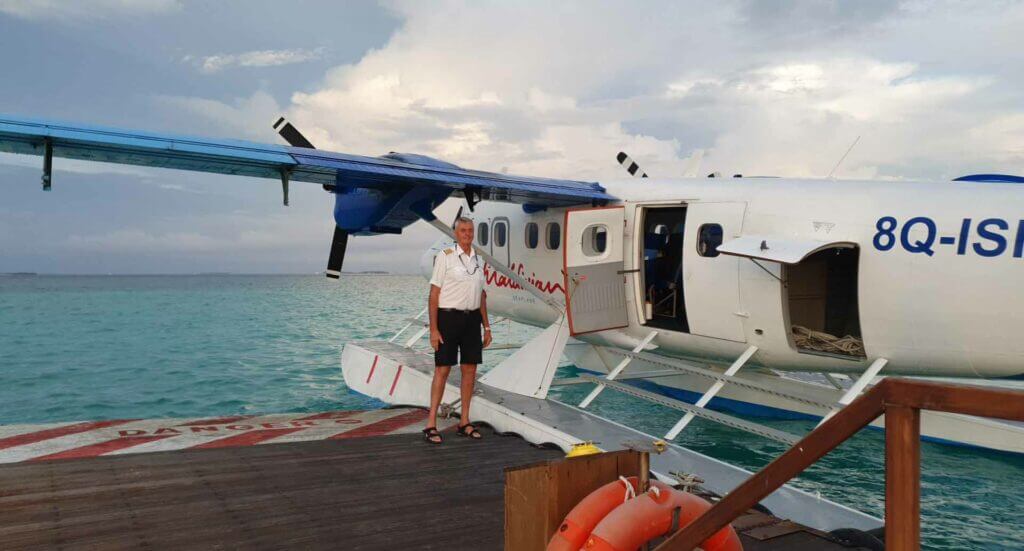
“Flying in the Maldives is kind of simple, but the biggest challenge is dealing with the swell from the vast ocean water,” shared Bjarnarson. “In Canada, we have big waves, but here, we have big waves and then the swell to add to that.”
Ali Saahid, chief pilot at Maldivian Seaplane, said he has “flown with a lot of pilots over the years,” but he has “learned a lot from Canadians. Their experience is integral in this operation, and they are often very senior on the aircraft.”
Maldivian Seaplane, a division of Island Aviation Services Limited — which is wholly owned by the Government of Maldives — provides both scheduled and charter flights, as well as scenic photo flights, utilizing a fleet of 11 Twin Otters.
With so many seaplanes in operation in the Maldives, it begs the question: Why the Twin Otter?
“It’s a very rugged aircraft,” said Bjarnarson. “It can handle the day-to-day slaughter that we give it. The swell and the waves down here can be huge, and the Twin Otter can hit them every day and it doesn’t seem to matter. It’s well suited to this type of flying.”
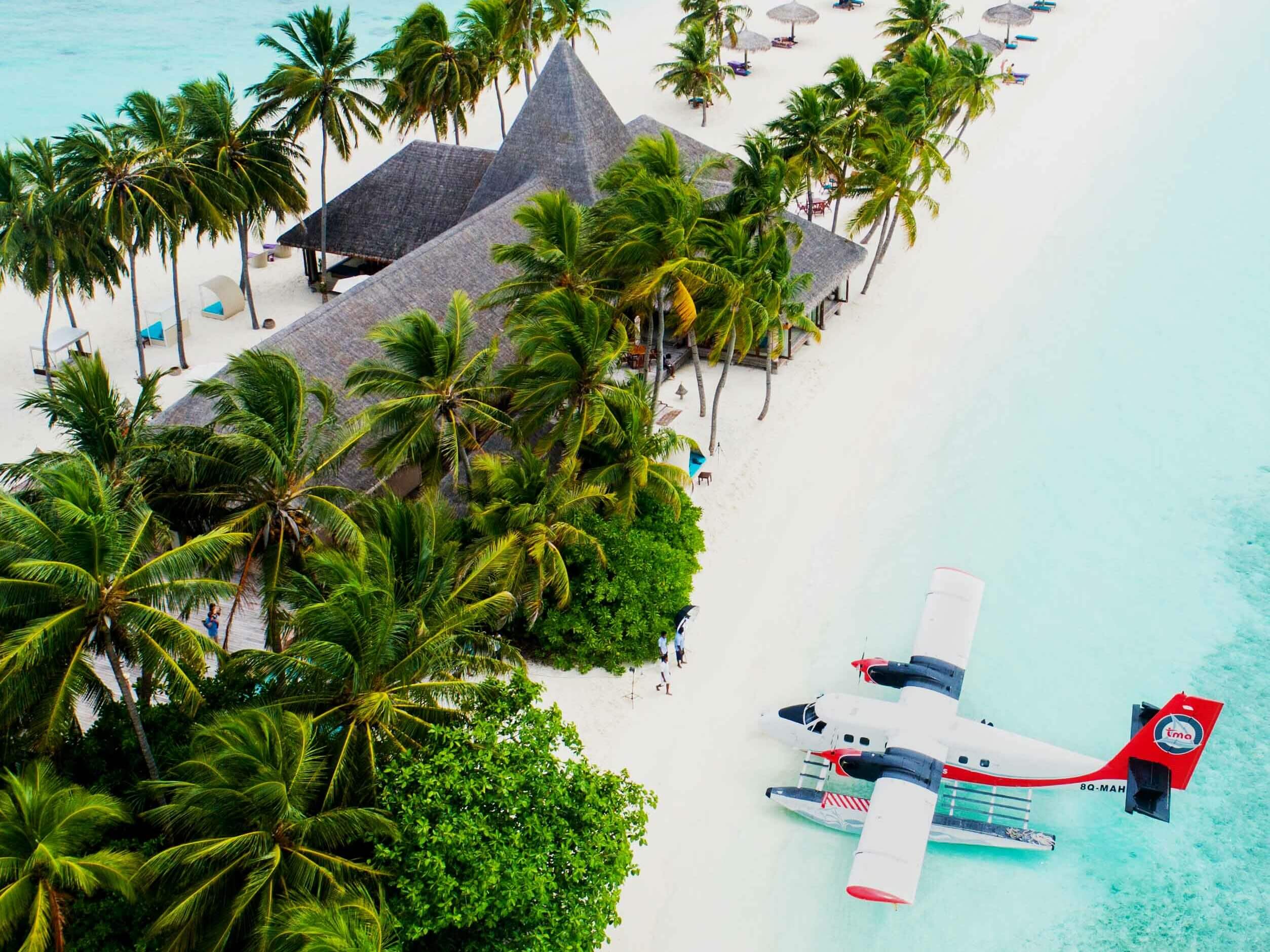
Corrosion is a big consideration for an operation located in the middle of an ocean, but with the appropriate care and maintenance, the Twin Otter takes on the challenge in stride. The fact of the matter is that the aircraft remains the best-selling in its class.
Day in the Life
Being a seaplane pilot in the Maldives is a unique and thrilling experience. A typical day involves pre-flight checks, navigating the Maldivian scenery, landing on serene lagoons, and ensuring a smooth and safe journey for passengers. Though, of course, the pilots do encounter the odd mechanical challenge that can make the workday a little more interesting.
In Old Pilot, Bold Pilot, Bjarnarson recalled a time when the right engine of the Twin Otter he was captaining wouldn’t start. He suspected that the brushes inside the starter casing had fused, so he asked his copilot to hit the starter “hard.” She agreed and climbed on the wing, hitting the starter several times. Bjarnarson’s quick thinking, and his copilot’s agility, paid off, as the engine started — much to the surprise of the passengers who were capturing the situation on camera.
Challenges aside, the job comes with a few extra perks, as schedules often call for pilots to stay overnight at the various resorts they fly to.
“I get a super plush room, a couple of beers, a great meal, and wake up to a freshly laundered uniform — easy life,” jested Bjarnarson. “We often fly 10 legs per day, 6 a.m. departures, landing at the resort for overnight at 1800 [hours]. But [other times it’s] a three- to four-hour break at a resort for a great lunch and a room for a nap.”
A little online research about the Maldivian pilot lifestyle will bring up the words “barefoot pilot” a number of times. Bjarnarson confirmed that “the ‘barefoot pilot’ thing is very real. Almost all pilots fly barefoot [in the Maldives], kicking off their flip flops inside the cockpit,” he said. “Some of the hardier [pilots] leave them off all day, but when the midday sun beats down on the dark brown wood used for walkways and floating platforms, the heat is usually unbearable.”
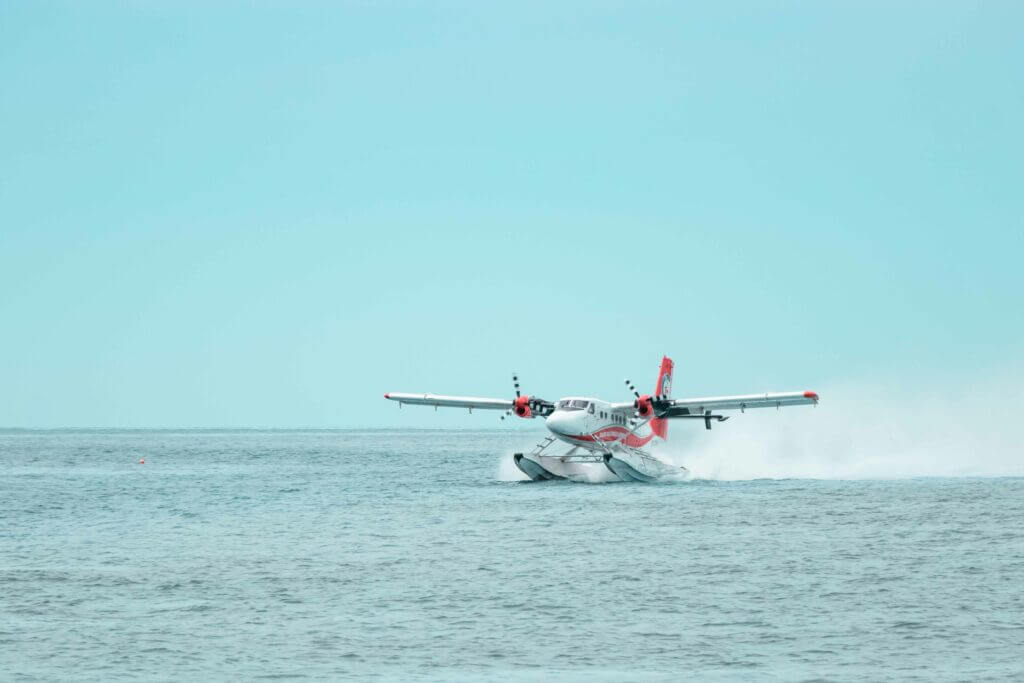
Adventure Awaits
Clever marketing and Instagram influencers have most of us convinced that the Maldives is the epitome of paradise. But despite the Maldives’ many attractive qualities, recruiting Canadian crew has become more challenging for Maldivian air operators.
Maldivian Seaplane’s Saahid said the number of Canadian crew has been low in comparison to previous years. “We had a lot more [pilots] in recent years, but after Covid, that number really decreased,” he shared.
Saahid said many of the company’s pilots find out about the operation through word of mouth. Maldivian Seaplane is hoping to bolster efforts with its HR team — which has helped supply the operator with pilots locally and from around the world — to increase Canadian recruits in the coming years. The company is encouraging interested applicants to reach out via email.
“I would absolutely recommend this job to any Canadian pilot,” said Bjarnarson. “I fell in love with floats right from the beginning and if you love floats, this is the place to be. Companies here are constantly hiring low time, low experienced pilots, and they run them for three to four years before an upgrade to captain.”

Canada has a long-standing history with floatplane flying, and the romanticism of it seems to settle in the air around float pilots. There are many aviators who would jump at the opportunity to take on a new challenge like flying in the Maldives. So, if you love float flying and are looking for a new adventure, the Maldives might be the right place for you.
Happy flying.
